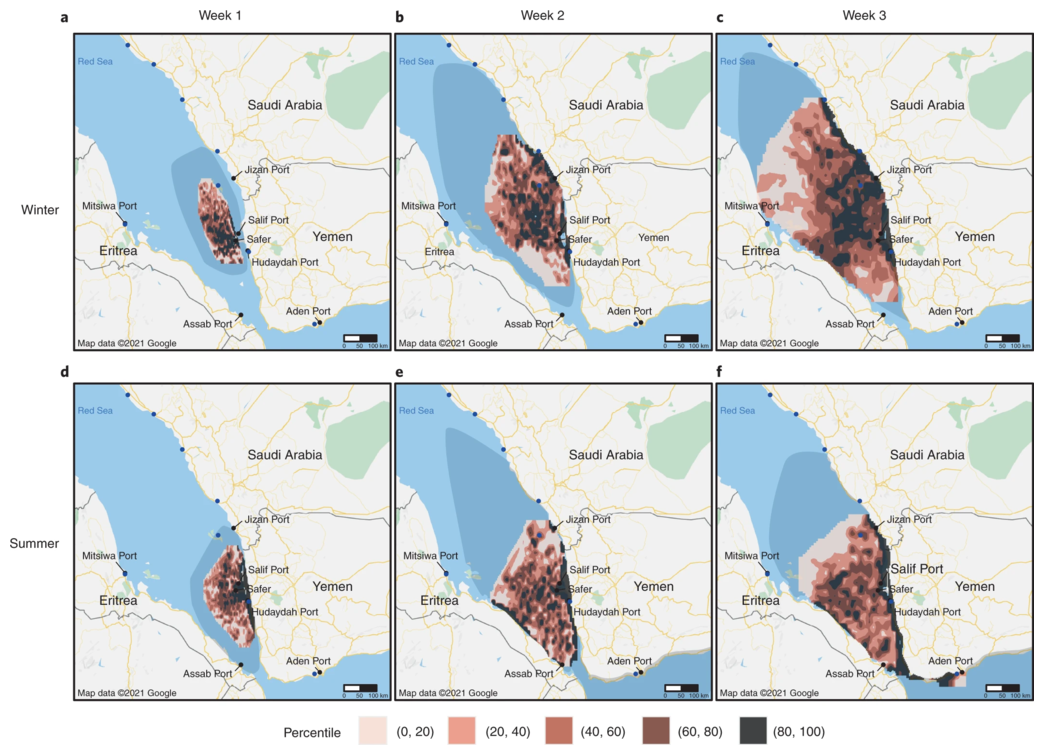Navigating the Current State How’s US Economy Today?
2 min read
Deciphering the State of the US Economy
Assessing the Current Landscape
The US economy is a complex web of interconnected factors, influenced by both domestic and global forces. Understanding its current state requires a nuanced approach, taking into account a multitude of economic indicators, trends, and developments.
Economic Indicators: What Do They Tell Us?
Key economic indicators, such as GDP growth, unemployment rates, inflation, and consumer spending, provide valuable insights into the health of the economy. By analyzing these indicators, economists and policymakers can gauge the overall strength and stability of the economy.
Navigating Challenges and Opportunities
The US economy faces a myriad of challenges, including geopolitical tensions, trade disputes, technological disruptions, and demographic shifts. However, amidst these challenges lie opportunities for innovation, growth, and resilience.
Impact of COVID-19
The COVID-19 pandemic has had a profound impact on the US economy, leading to widespread job losses, business closures, and economic uncertainty. While the economy has shown signs of recovery in recent months, the long-term effects of the pandemic remain uncertain.
Government Response and Stimulus Measures
In response to the economic fallout from the pandemic, the US government has implemented various stimulus measures, including stimulus checks, enhanced unemployment benefits, and small business loans. These measures have provided much-needed relief to individuals and businesses, but questions remain about their long-term sustainability.
Sectoral Analysis: Winners and Losers
Certain sectors of the economy have been more resilient to the effects of the pandemic than others. For example, technology, e-commerce, and healthcare have seen growth and expansion, while industries such as hospitality, travel, and retail have faced significant challenges.
The Role of Monetary Policy
The Federal Reserve plays a crucial role in shaping the US economy through its monetary policy decisions. By adjusting interest rates, implementing quantitative easing measures, and providing liquidity to financial markets, the Fed aims to promote price stability, full employment, and economic growth.
Fiscal Policy and Government Spending
In addition to monetary policy, fiscal policy also plays a significant role in shaping the economy. Government spending, tax policies, and stimulus measures can influence consumer behavior, business investment, and overall economic activity.
Global Economic Interconnections
The US economy is deeply interconnected with the global economy, with trade, investment, and financial flows crossing international borders. Developments in other countries, such as China, Europe, and emerging markets, can have significant implications for the US economy.
Looking Ahead: Challenges and Opportunities
As we look to the future, the US economy faces both challenges and opportunities. Addressing income inequality, climate change, and technological disruption will be critical, while investing in education, infrastructure, and innovation can drive long-term growth and prosperity. Read more about hows us economy







